My Mother passed away on February 29th, 2020. She lived a long, full life. We will all miss her.

What follows is her obituary, published in The Mining Journal and on the Fassbender, Swanson, Hanson funeral home website.
Jane Moore Drury, age 91, of Marquette and Big Bay, died peacefully on Saturday, February 29, 2020, at UP Health System – Marquette, in the loving care of her family
Jane was the only child of Edward Kenneth Moore and Helen Norris Moore. Born December 15, 1928 in Cincinnati, Ohio, she also spent part of her childhood in St. Louis, Missouri. She attended Mt. Healthy High School in Cincinnati and subsequently earned a bachelor’s degree in English at Ohio State University.
When settled in Washington, D.C., Jane was introduced by a mutual friend to her second husband, Alfred Charles Drury. Jane had always welcomed the idea of a large family, and with her three children, joined Al and his five children. Alfred and Jane had one son together, bringing their total to nine children. In addition, Alfred’s step-sons, Jon and Arthur Casanova, were also included in this new family union. All her nieces and nephews, grand- and great-grandchildren as well as children-in-law have benefitted from her mothering.
Jane and Alfred left Washington and relocated their family in Okinawa in 1970 when Alfred was stationed at the US Embassy in Saigon, Vietnam. They returned to the US in 1972 and acquired Alfred’s childhood home at 414 East Hewitt Avenue in Marquette. For over forty years they split their time between Marquette and their camp on Conway Lake near Big Bay, interspersed with extensive travel in the US, Mexico, and Britain. They commissioned two sailing yachts and cruised the inland waterway of the eastern US, the Florida Keys, and the Bahamas.
After Alfred’s death in 2013, Jane moved to the Mill Creek Senior Living Community where she lived very happily in an independent living duplex with her beloved cat, Sam. She entered the assisted living section of Mill Creek in January 2020, agreeing that it was needed and easier, but noting that it was the first time since 1950 that she did not have her own kitchen.
Jane will indeed be remembered for the hospitality of her kitchen. There was always room for one more person and there were always cookies of great craft and variety in the cookie jar. Jane loved experimenting in the kitchen and was an excellent baker and cook. Her meals brought family and friends together for many pleasant moments.
Jane was a steadfast and loyal friend who kept up with those she loved for decades. She cared deeply for her community, volunteering to read to children in the Powell Township School in Big Bay and as a member of the Community Presbyterian Church of Big Bay. She delighted in her work at the Peter White Public Library and sharing her latest discovery from Snowbound Books. Her kindness and gentleness, as well as her sharp intellect, insight, and good judgment, will be missed by one and all.
Jane is survived by her children Arthur Casanova, Kit (Chester) Schlei Buczynski, Stephanie Hazel Drury McPherson, William (Catherine) Kenneth Schlei, Hazel Letitia Drury Flaska, Andrew (Danielle) Moore Schlei, Abigail Faith Drury, and Alfred (Melanie) Cooper Drury, 18 grandchildren, and 18 great-grandchildren. She was pre-deceased by her husbands Alfred Charles Drury and Norbert Anthony Schlei, and her children Jeanne Drury Tape, Jon Casanova, and Letitia Ann Drury.

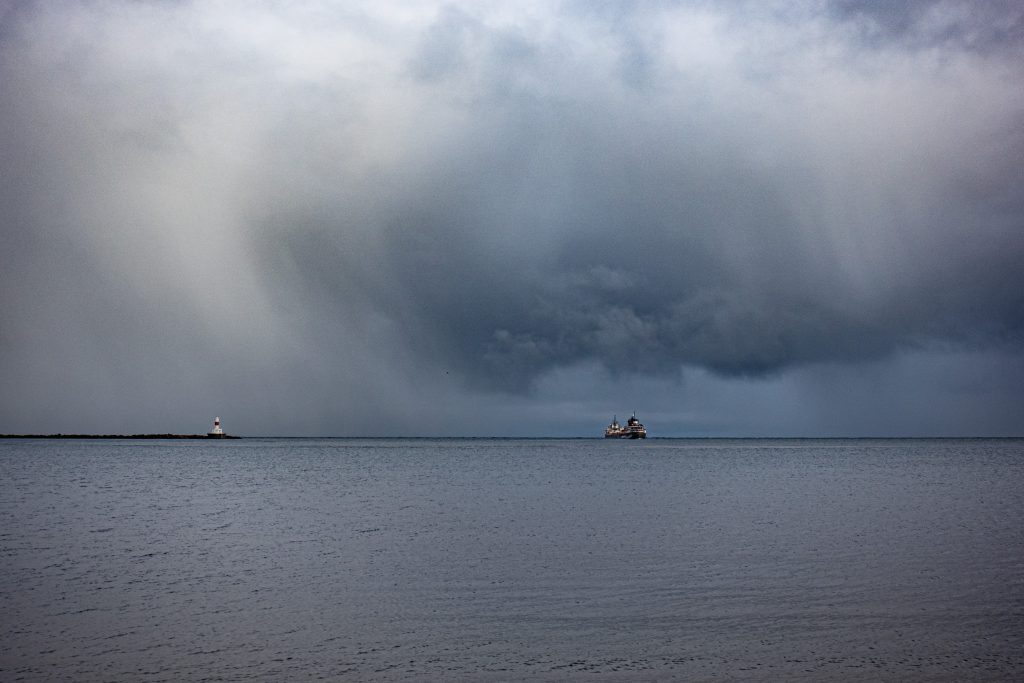
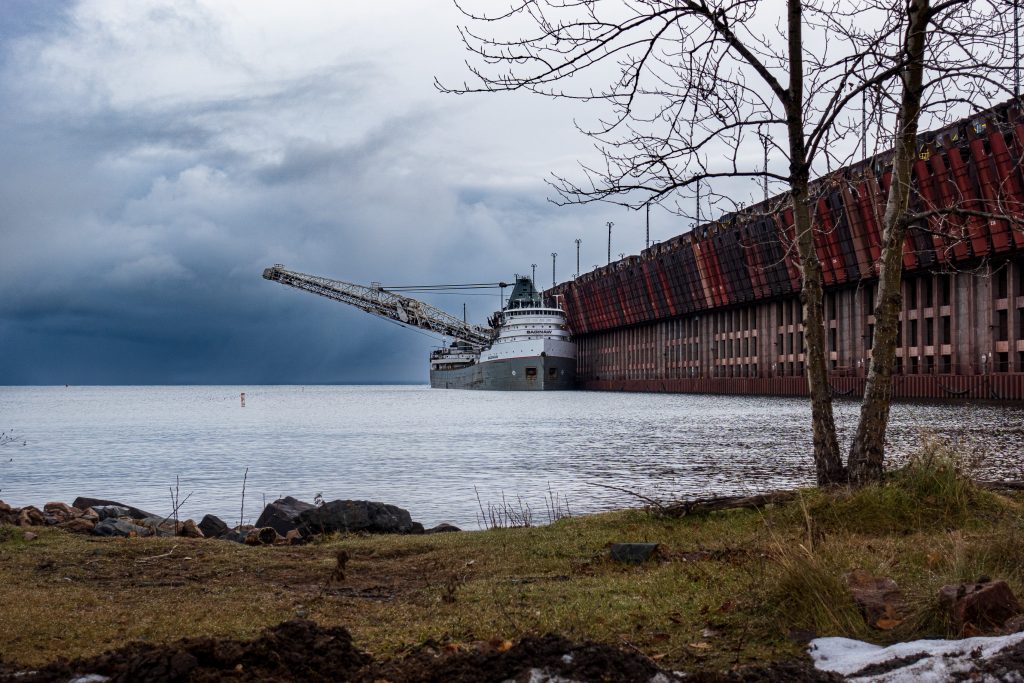
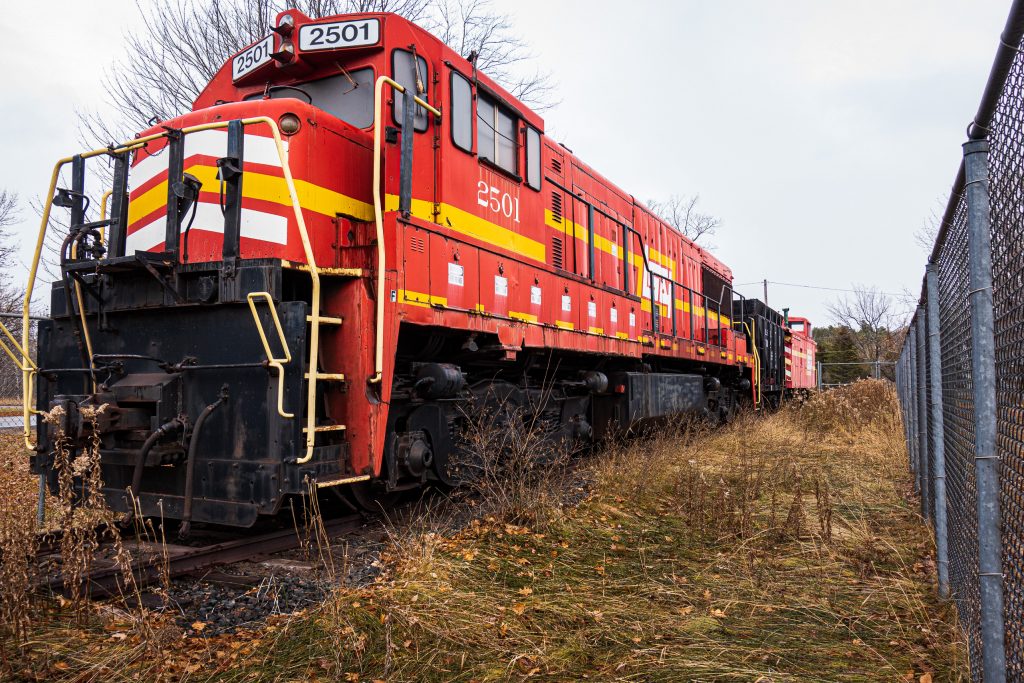
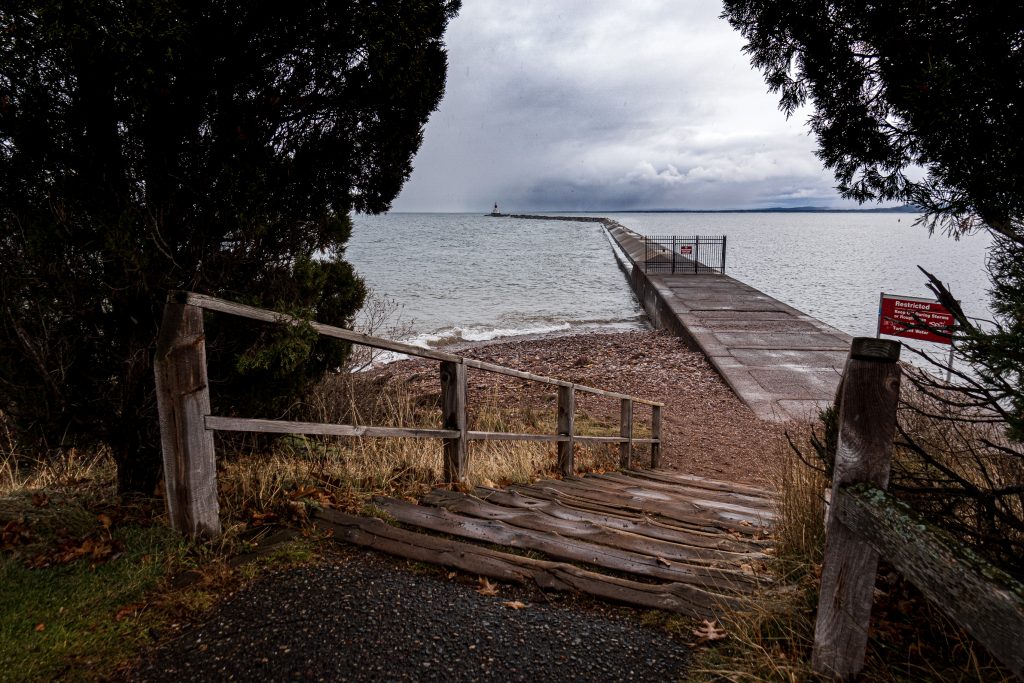
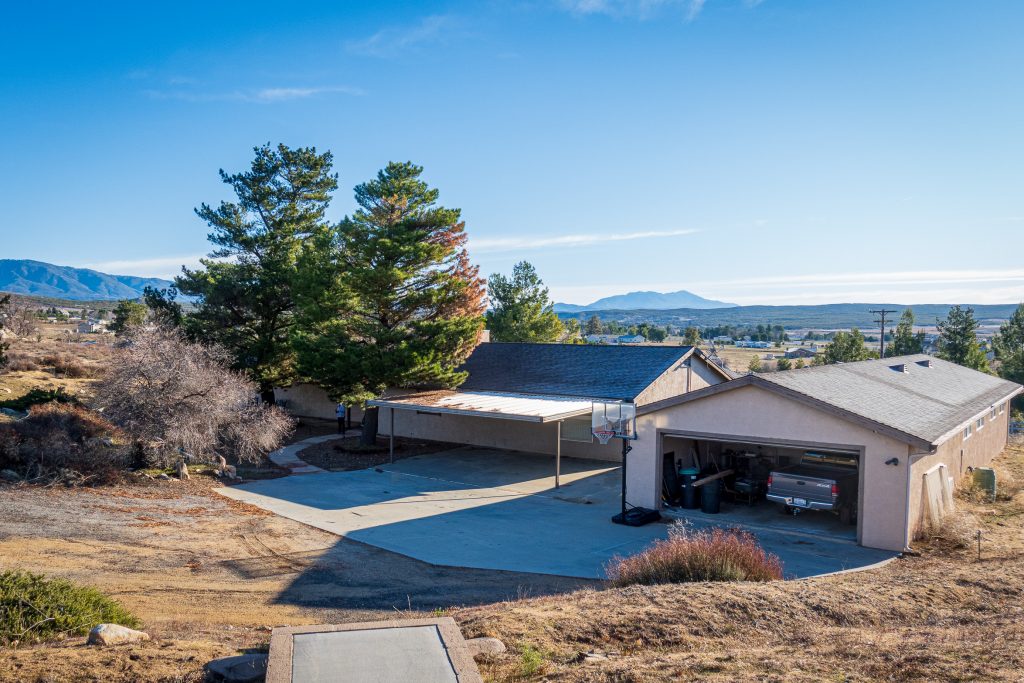
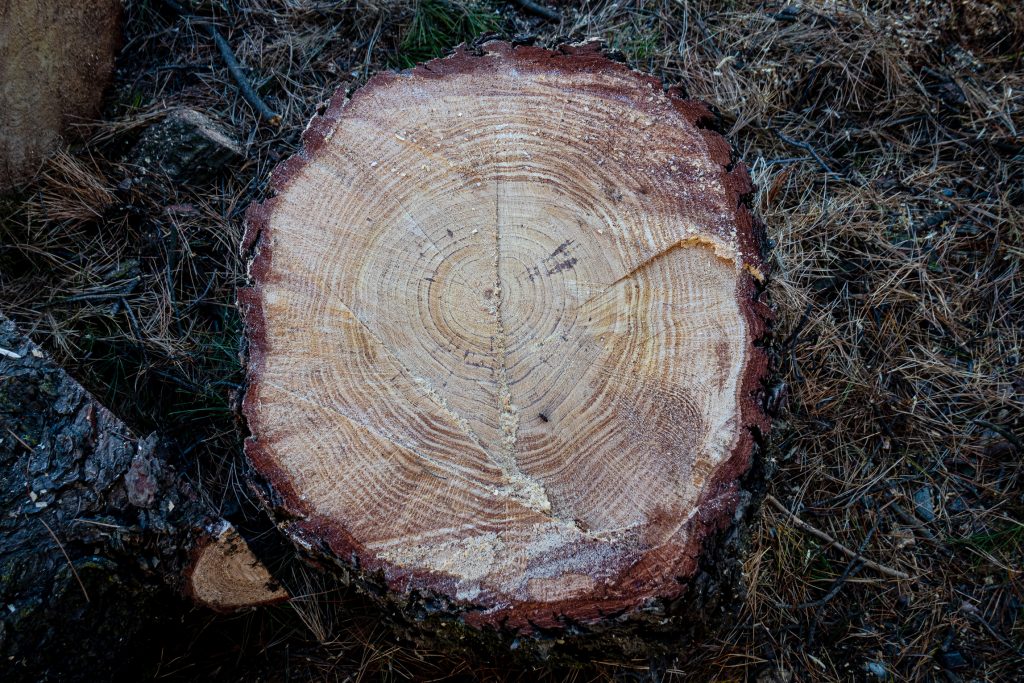
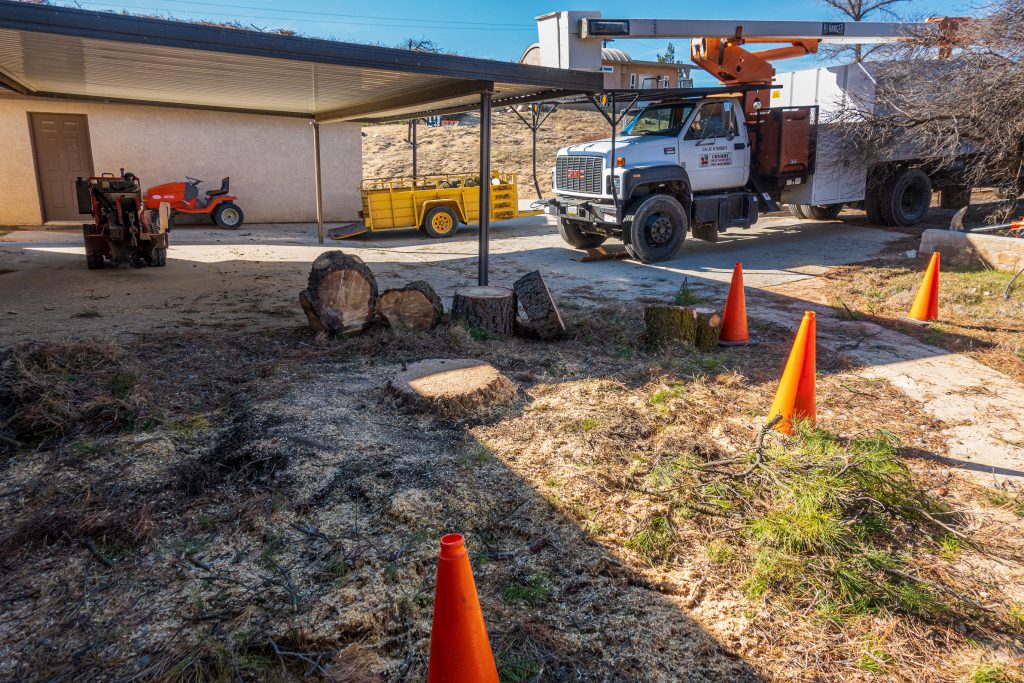
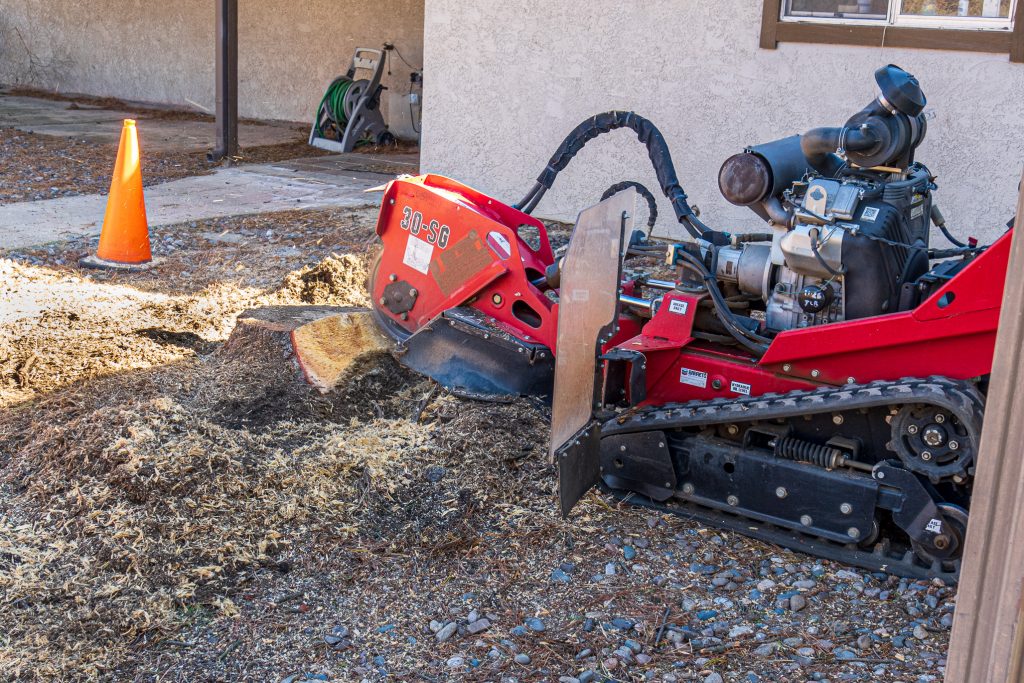
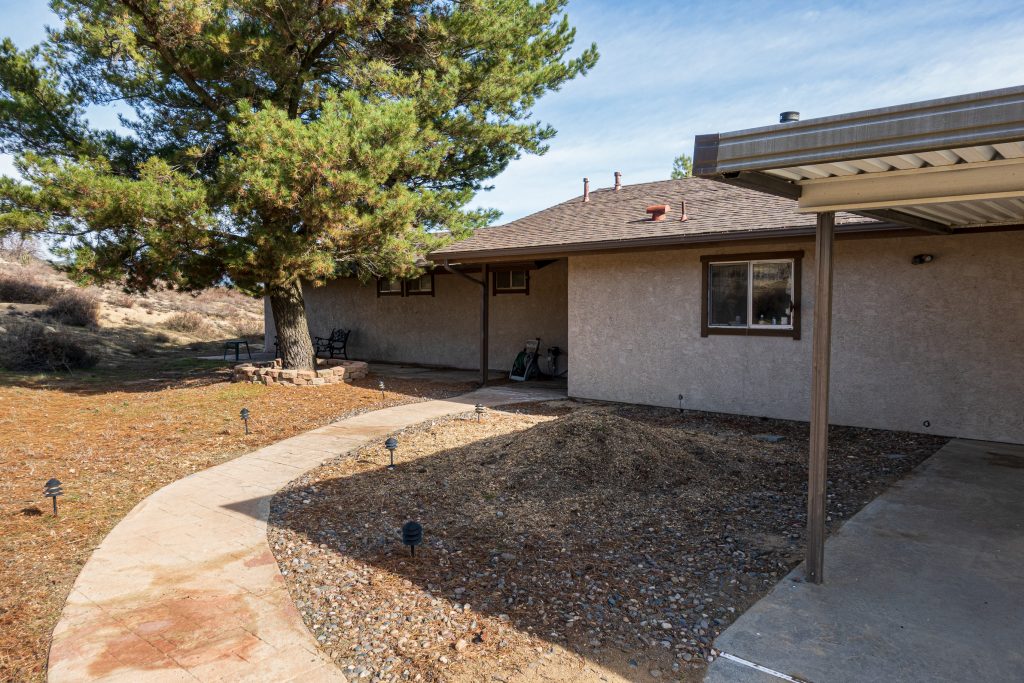
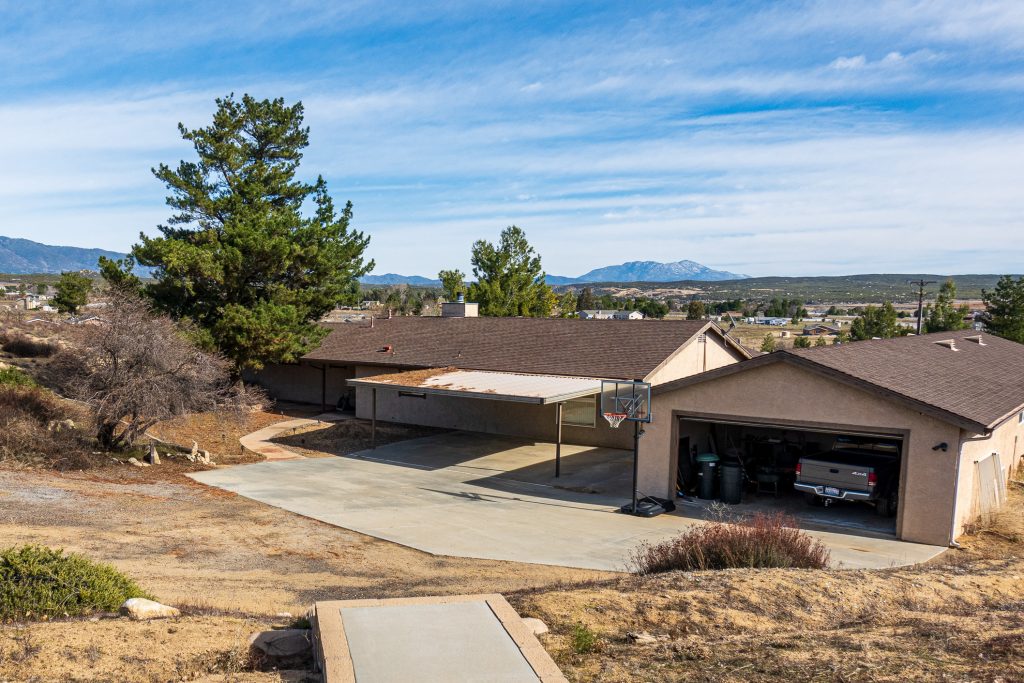
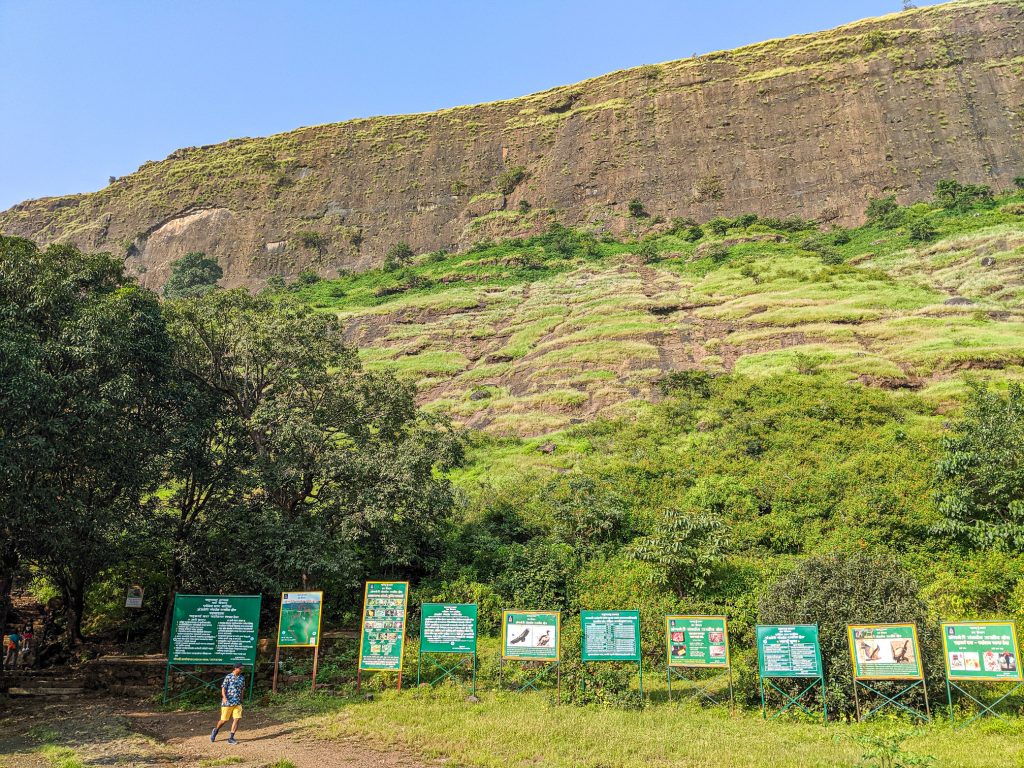
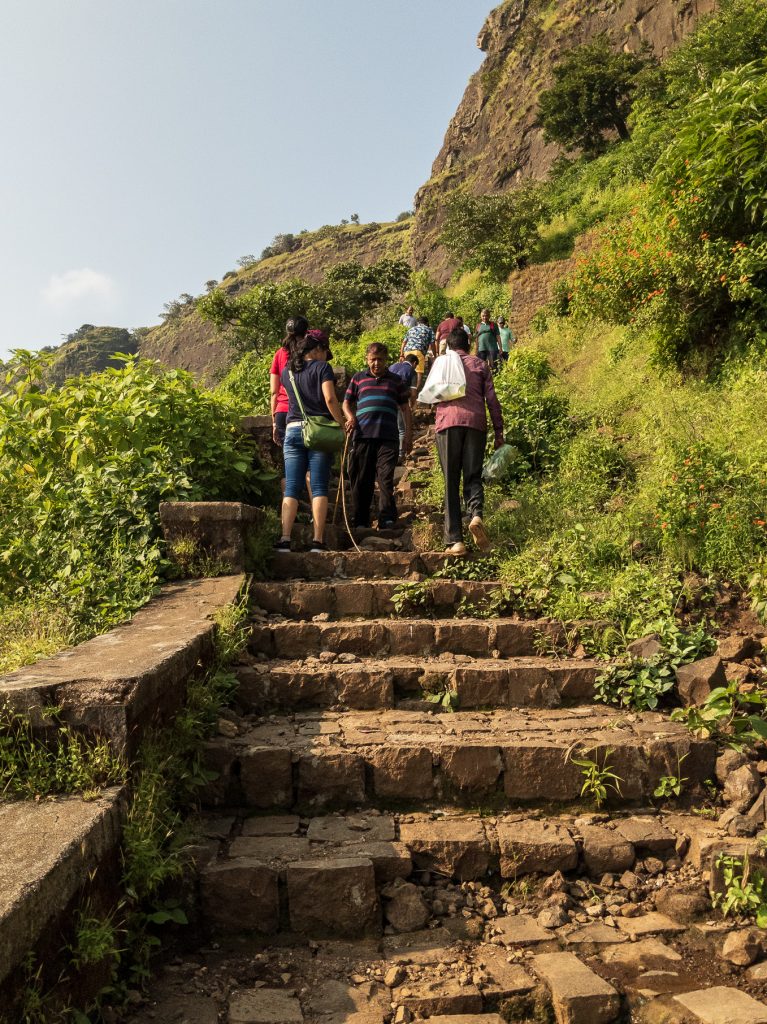
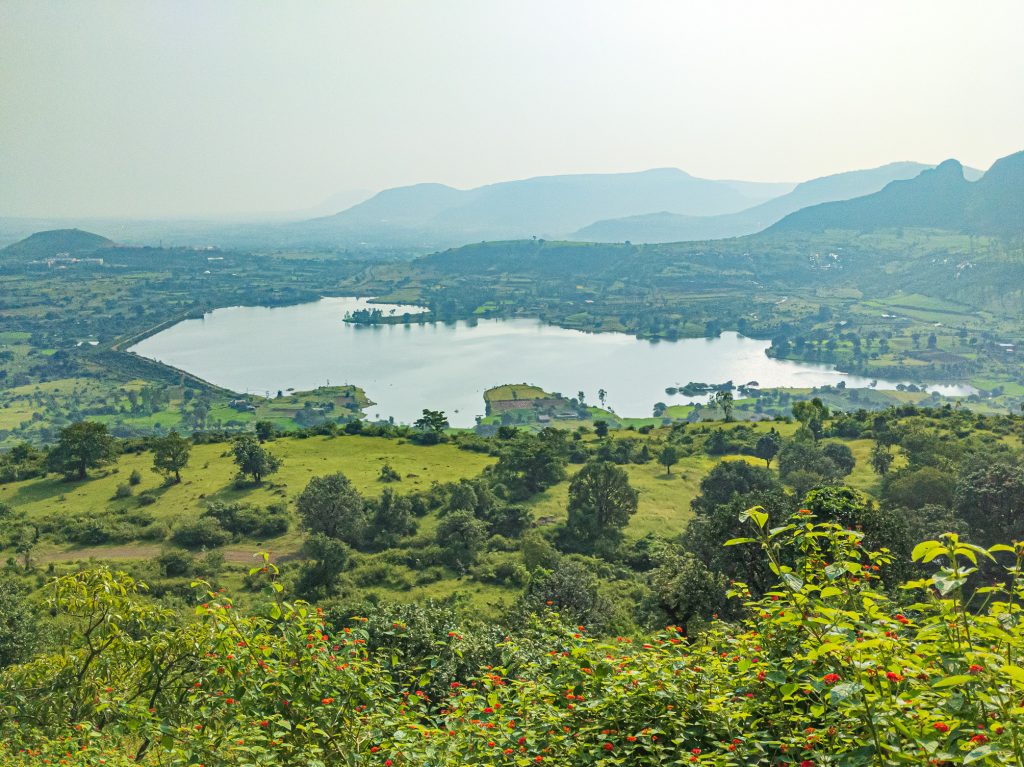
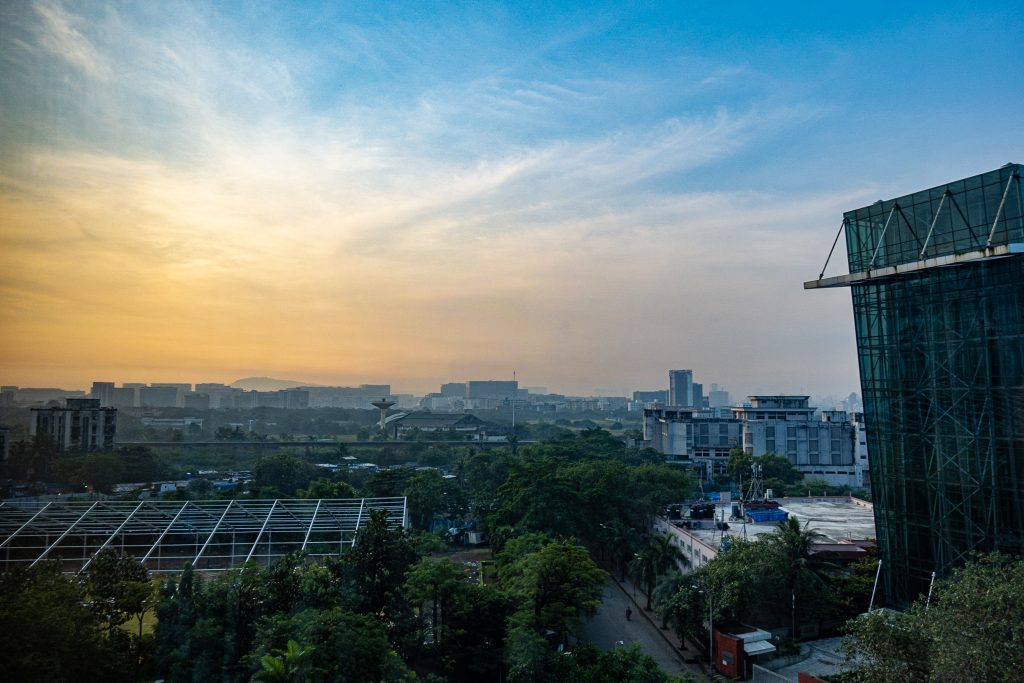
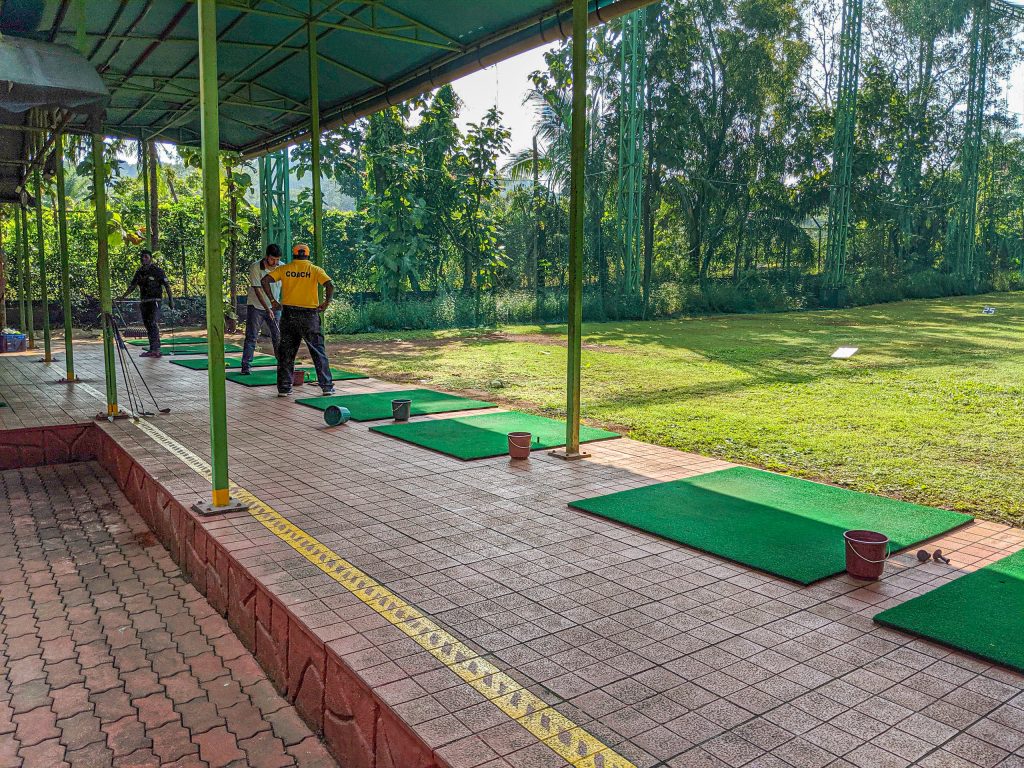
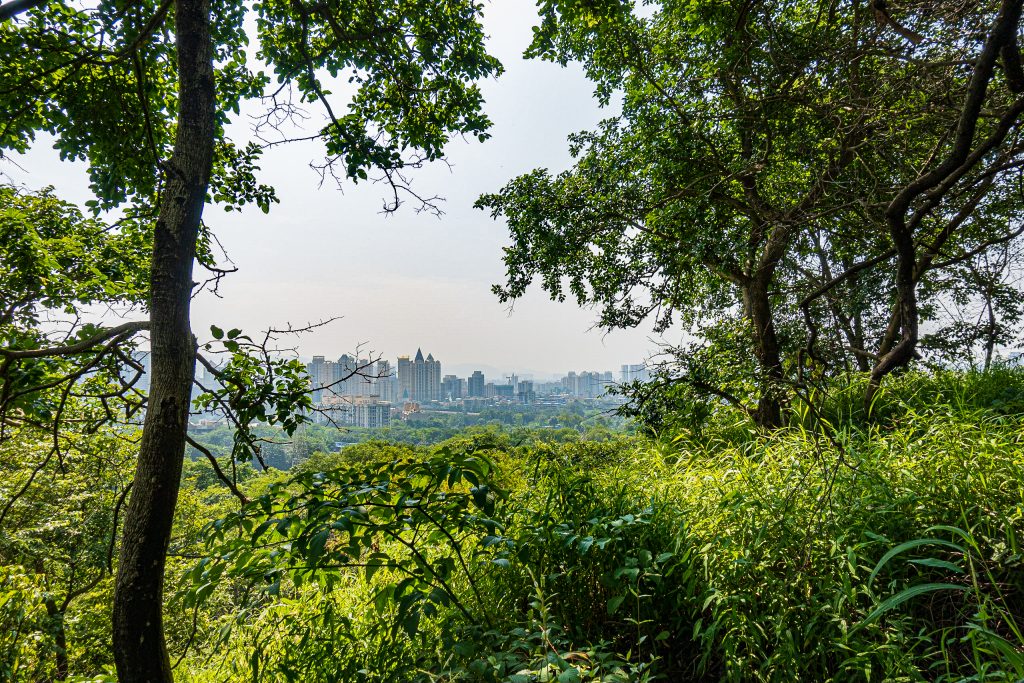
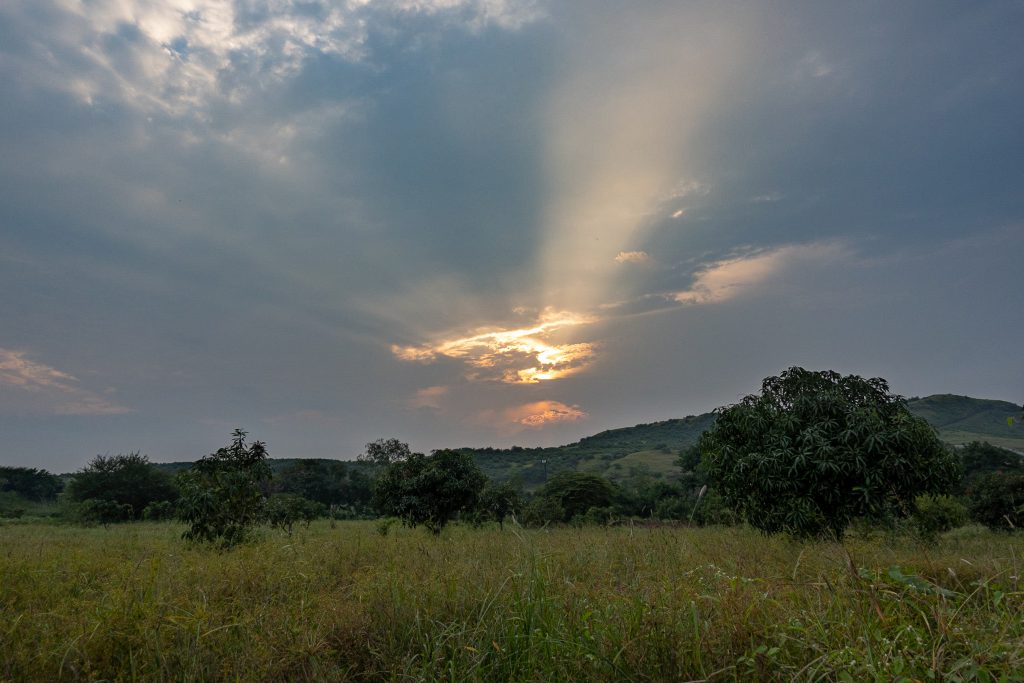
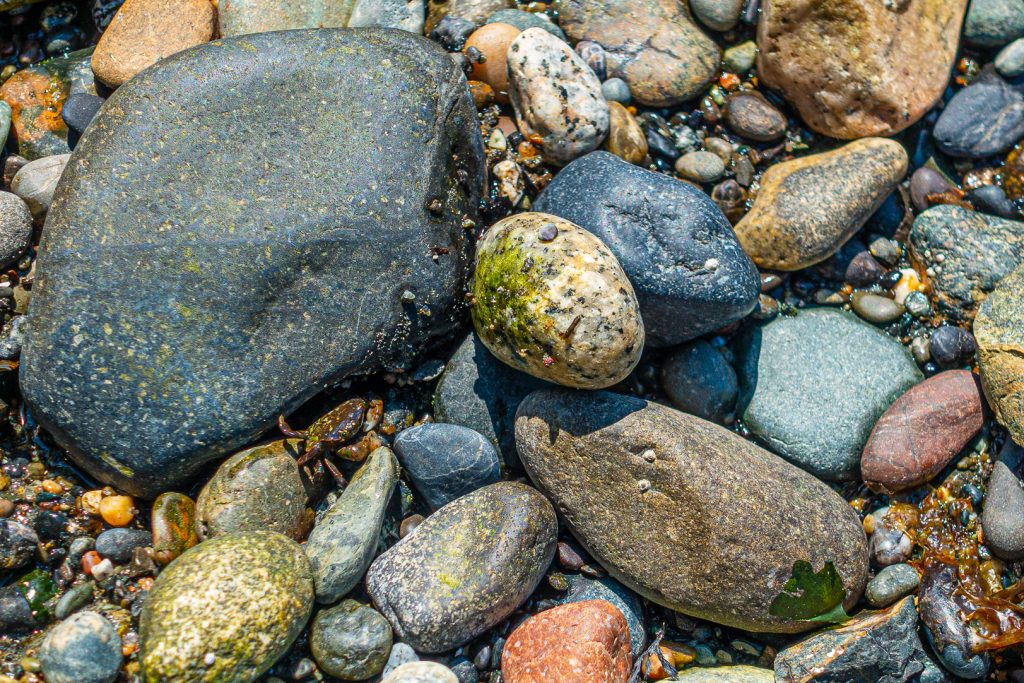
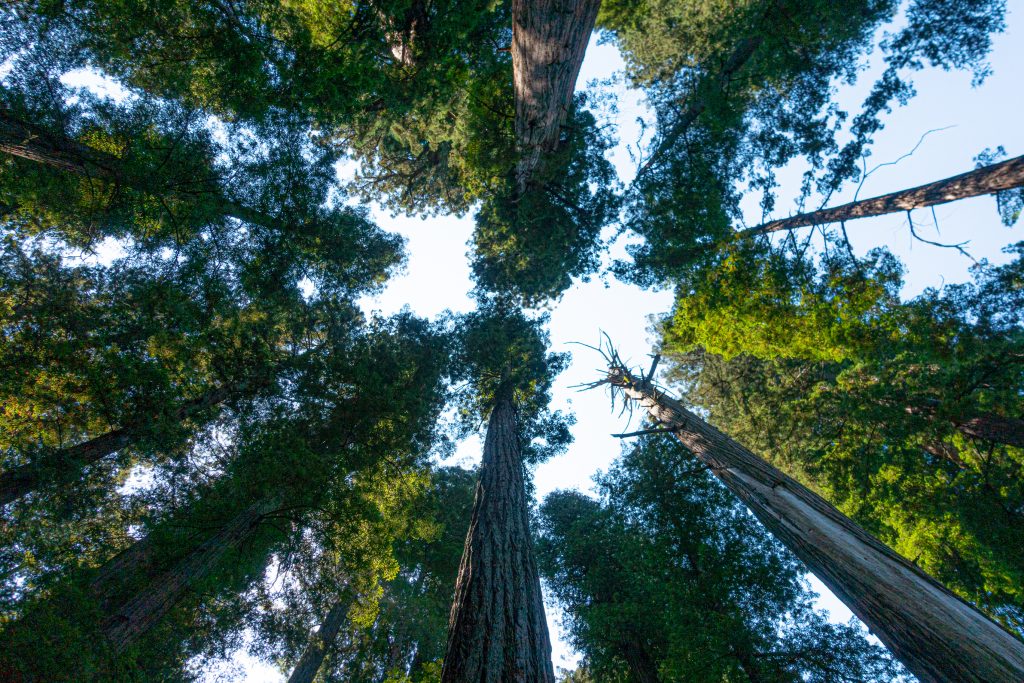




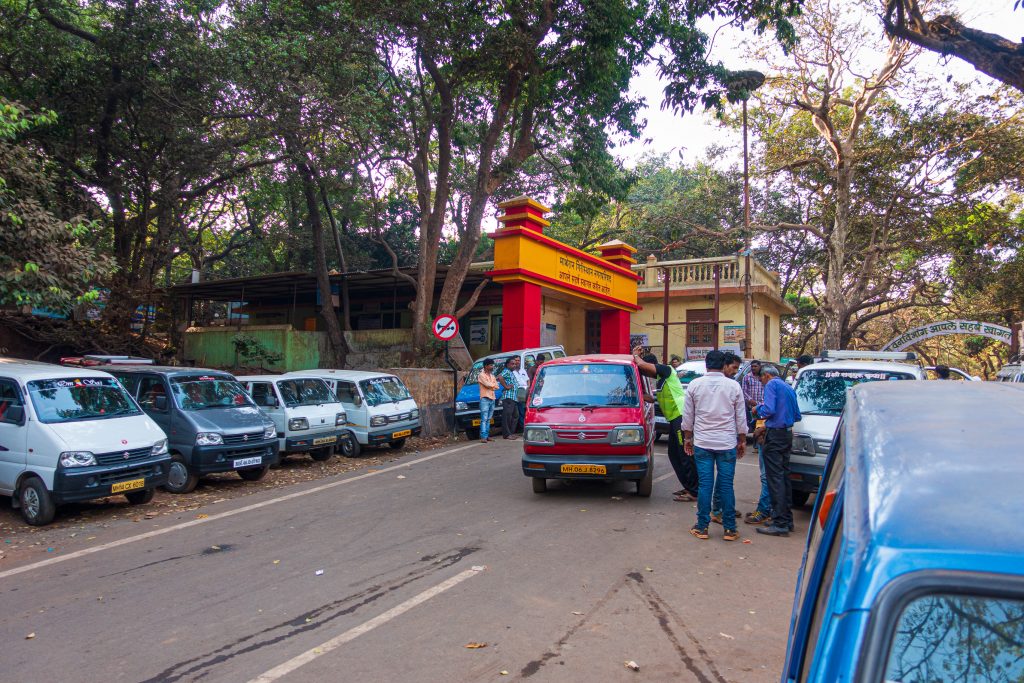
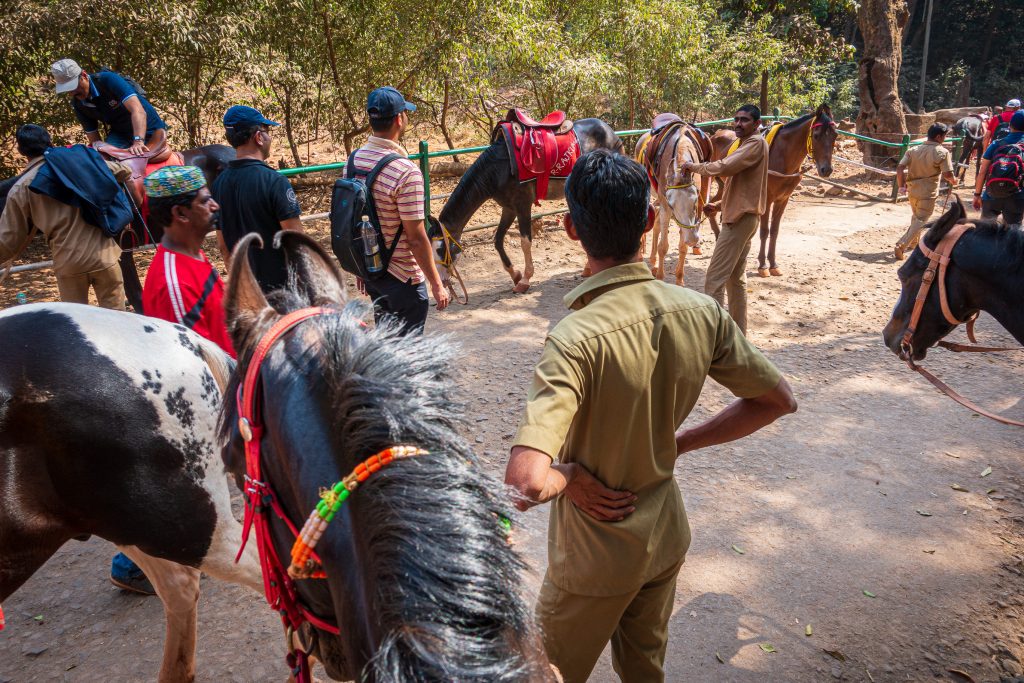
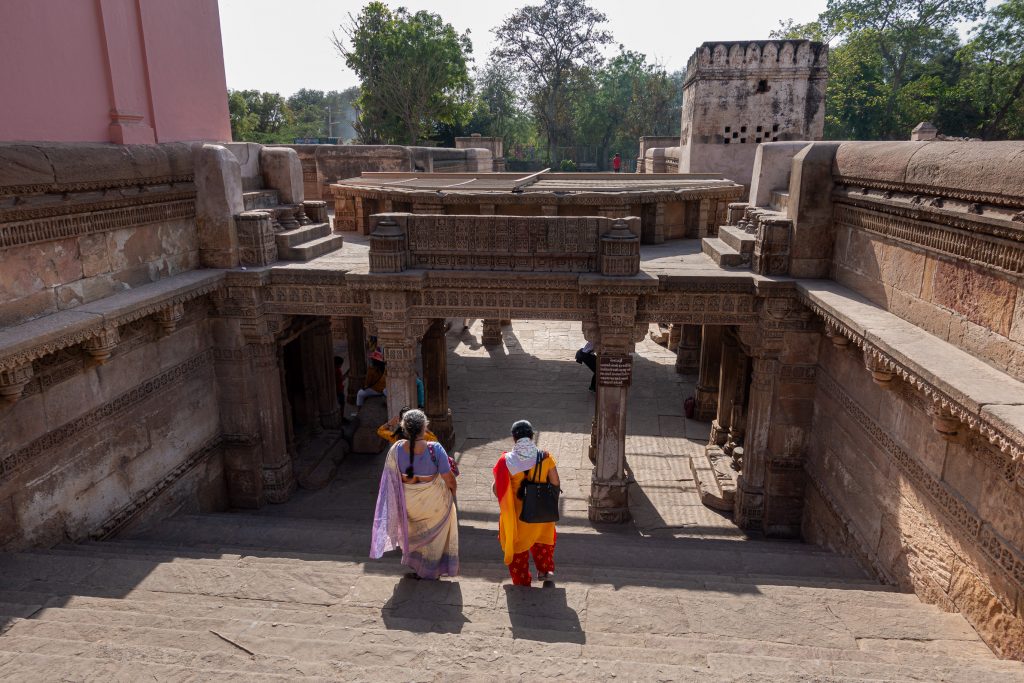
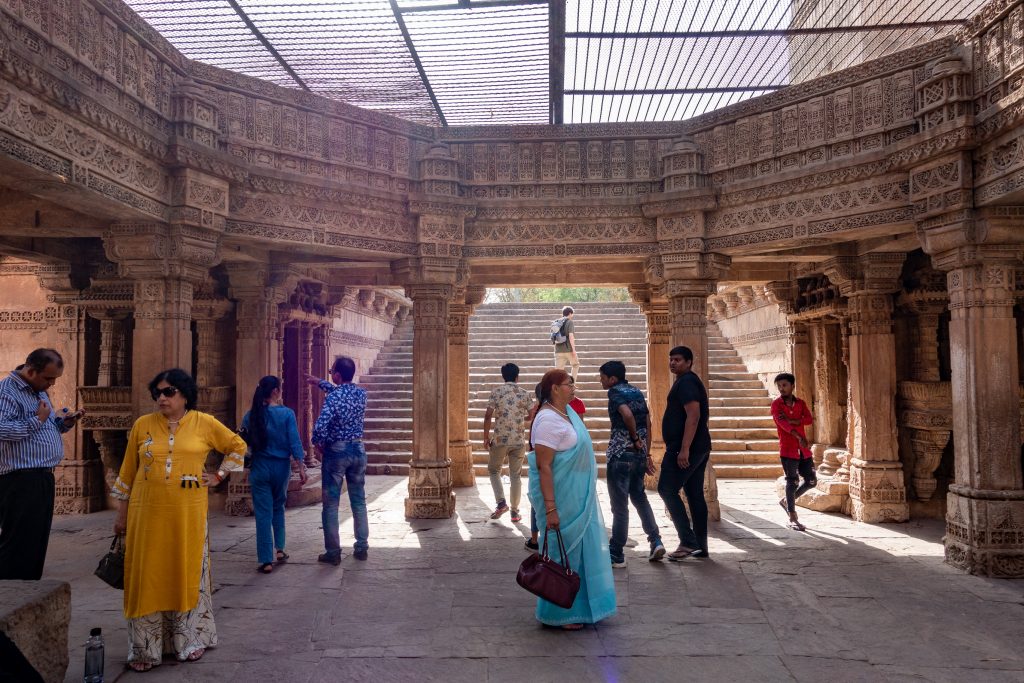
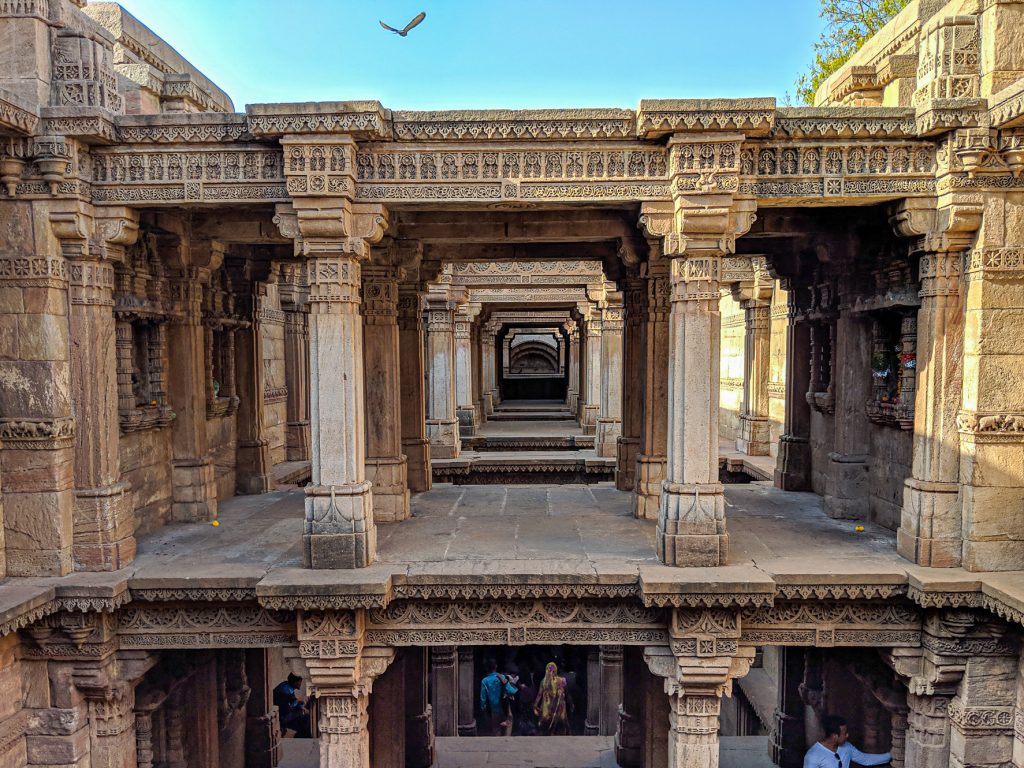
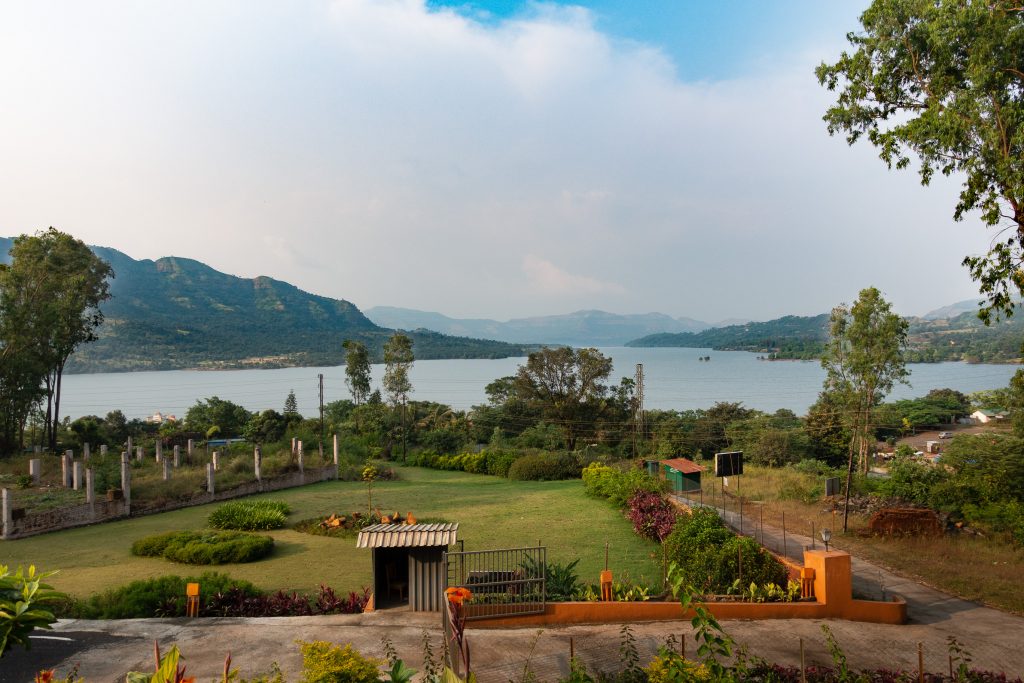
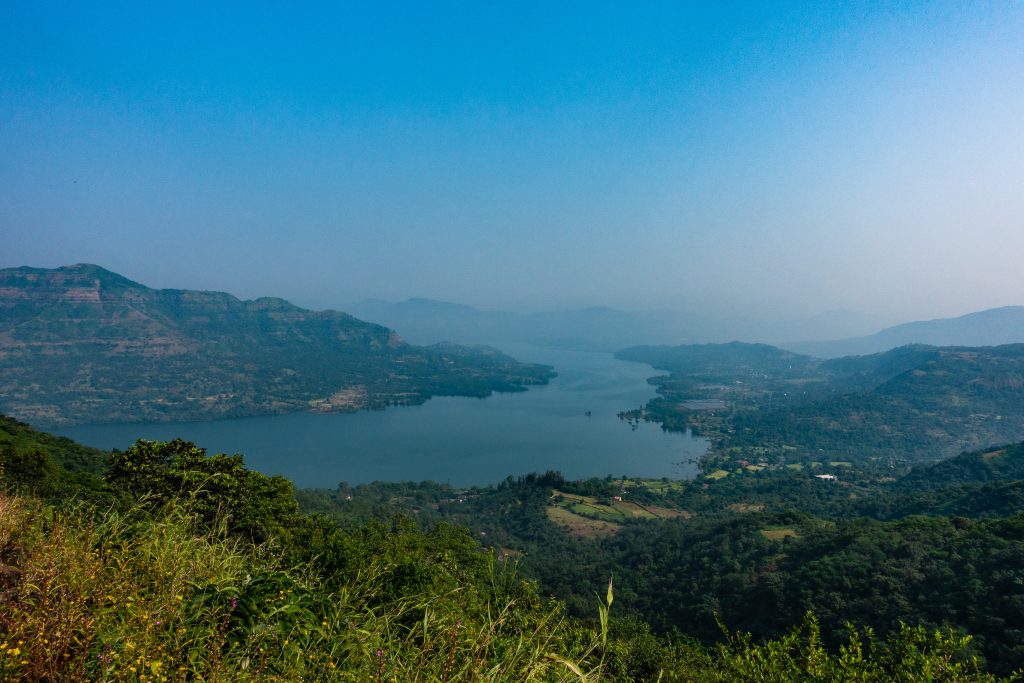
You must be logged in to post a comment.